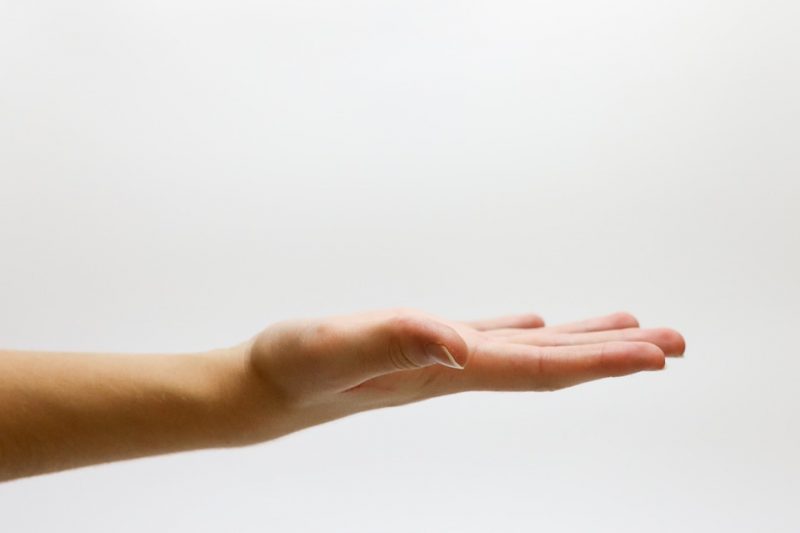
The effect of habitual physical activity on the human body is a fundamental research topic in bioarchaeology as well as human evolutionary studies. The hand, in particular, is of special interest, as it comprises a primary source of human interaction with the environment. Methodologically, the reconstruction of physical activities in the past relies on the evaluation of markers of occupational stress on human skeletal remains. One of these traits are the areas of the bones where muscles attach, the entheses, which comprise the only preserved bone remains directly related to the musculotendinous system.
However, most previous methods on entheseal analysis presented very low precision, while the exact relationship between occupational stress markers and physical activity is not yet fully understood. This is mainly because several other factors also affect their morphology, such as biological age, pathologies, body size, and bone length. Furthermore, even though human bone remodeling requires a relatively extensive amount of time, previous osteological studies used specimens which were not documented in detail for the lifelong occupational activities of individuals. Finally, in spite of the fact that physical activity affects the distribution of bone mineral across different skeletal areas of an individual, most previous studies focused on each entheseal structure separately, without investigating the morphometric relationship among different entheses of individuals.
For this purpose, our study on human hand entheses applied a highly repeatable multivariate method of three-dimensional analysis on a sample of 45 male adult individuals (aged from 18 to 48 years old) with thoroughly documented life histories. The archived information for these specimens includes different occupations throughout life, position at work, potential family relations among the individuals, socioeconomic characteristics, official medical record, as well as full biological profiles. This level of documentation is unforeseen in previous osteological research. This material comprises part of the anthropological collection “Basel-Spitalfriedhof”, which is curated in the Museum of Natural history of Basel, Switzerland. In addition to the multivariate analysis, a series of correlation tests were used to determine whether the observed patterns of entheses were affected by body size, biological age, and bone length.
The results showed that individuals with the same –or very relevant- occupational activities presented a similar multivariate pattern among their hand entheseal areas. Differences across individuals were not explained by geographical origin, sex, biological age, body size, pathologies, socioeconomic status, relatedness, or hand bone length. More importantly, individuals involved in highly strenuous manual activities (e.g., construction workers) presented an entheseal pattern corresponding to a muscle group which contracts for power grasping, whereas individuals involved in less intense and/or more precise manual labor (e.g., professional tailors) showed an entheseal pattern reflecting the performance of precision grasping. Based on these promising results, future research can rely on this new method and rare reference material for reliable reconstructions of physical activity based on human bone remains.
This study, Occupational manual activity is reflected on the patterns among hand entheses, was recently published in the American Journal of Physical Anthropology. This work was led by Fotios Alexandros Karakostis from the University of Tübingen.









